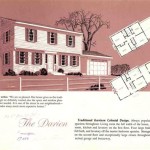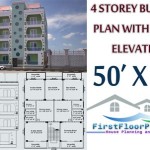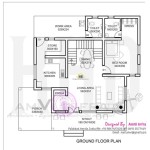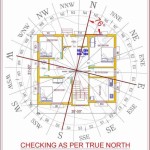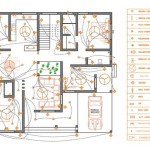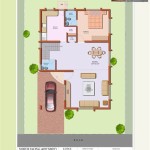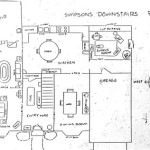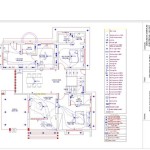Essential Aspects of Handicap Accessible House Plans
Creating a comfortable and accessible living environment for individuals with disabilities is crucial. Handicap accessible house plans play a significant role in promoting independence, safety, and well-being within the home.
### Universal Design PrinciplesUniversal design principles guide the creation of spaces that can be used by individuals of all abilities without the need for adaptation or specialized equipment. Key principles include:
- Usability: Spaces are easy to navigate and use, regardless of physical limitations.
- Accessibility: All areas of the home are reachable, including doorways, hallways, and appliances.
- Flexibility: Spaces can be easily adapted to meet changing needs or accommodate assistive devices.
Accessible house plans incorporate specific features that enhance usability and safety:
-Wide Doorways:
Doorways should be at least 36 inches wide to accommodate wheelchairs and mobility scooters. -Step-Free Entrances:
Ramps or zero-step entrances provide access to the home without steps or stairs. -Accessible Bathrooms:
Bathrooms should feature grab bars, roll-in showers, and adjustable mirrors. -Spacious Hallways:
Hallways should be wide enough to allow for easy wheelchair maneuverability. -Kitchen Accessibility:
Kitchens should have lowered countertops, accessible sinks, and pull-out shelves. -Safety Features:
Smoke detectors, carbon monoxide detectors, and fire extinguishers should be located in accessible areas. ### Considerations for Specific DisabilitiesWhen designing accessible homes, it's important to consider specific disabilities:
-Wheelchair Users:
Wider doorways, accessible bathrooms, and ramps are essential. -Mobility Impairments:
Modifications such as grab bars, adjustable height surfaces, and lifts are beneficial. -Visual Impairments:
Braille signs, contrasting colors, and good lighting are crucial. -Hearing Impairments:
Amplified doorbells, visual door signals, and closed-captioning on TVs can enhance accessibility. ### Benefits of Accessible HousingAccessible housing offers numerous benefits:
-Increased Independence:
Individuals with disabilities can move freely and independently within their homes. -Improved Safety:
Safety features and modifications reduce the risk of accidents or injuries. -Comfort and Well-being:
Accessible homes promote a sense of comfort and well-being for all occupants. -Increased Property Value:
Accessible homes are in high demand and can increase property value. ### ConclusionHandicap accessible house plans are essential for creating inclusive and comfortable living environments. By following universal design principles and incorporating key features, homes can be made accessible to individuals with a wide range of disabilities. Accessible housing empowers individuals, enhances safety, and contributes to overall well-being.

Plan 8423jh Handicapped Accessible Split Bedroom Southern House Plans Floor

Wheelchair Accessible Floor Plan House Plans Bathroom

Wheelchair Accessible House Plan 2 Bedrms Baths 1687 Sq Ft 147 1009

Accessible Handicap House Plans Style Results Page 1

Exclusive Wheelchair Accessible Cottage House Plan 871006nst Architectural Designs Plans

Wheelchair Accessible Small House Plans Drummond

Wheelchair Accessible Small House Plans Drummond

Pin On House Plans

Plan 1658 Handicapped Accessible House

Attractive Traditional House Plan With Handicapped Accessible Features 86279hh Architectural Designs Plans

